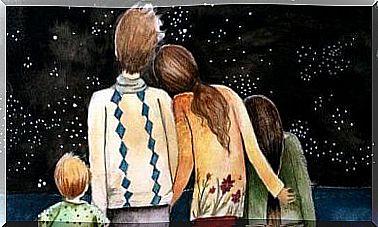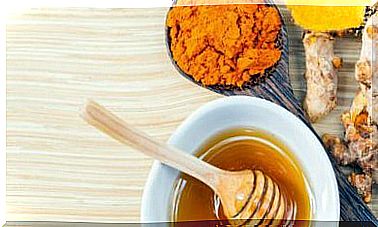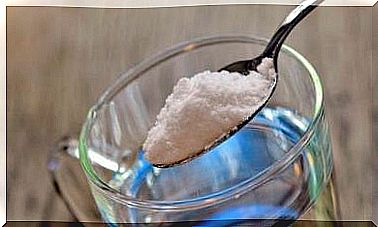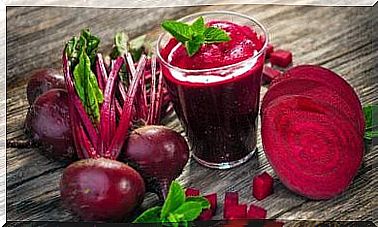It Says The Color Of Your Stool About Your Health
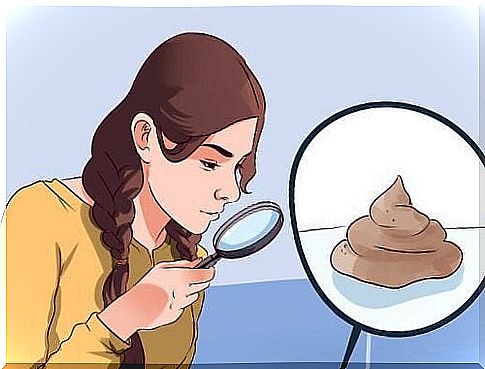
Your stool should be brown – not very light or dark – to be normal. It should be firm but not hard.
Your stool
Much depends on whether your stools become normal or not. All four stages of digestion must function properly:
- Phase 1: When food is chewed and swallowed.
- Phase 2: Digestion. When food is converted into smaller molecules.
- Phase 3: When the molecules pass through the digestive tract to reach the bloodstream and distribute to your organs.
- Phase 3: When your body removes the waste products.
Your stool consists of approx. 75% water. The rest include bacteria, waste products and dead blood cells.
That means the color of your stool
Green stools

- The reason your body’s waste can get this color is because bile has not had time to break it down.
- It is passed too quickly through the intestines and colon.
You may also be consuming large amounts of chlorophyll, which is found in vegetables, iron supplements or dyes.
Yellow stools
This color can be due to several factors. Among them are the following:
- A condition known as Gilbert’s syndrome, which is an excess of bilirubin in the bloodstream.
- The bacteria Giardia can cause a yellowish tone.
- It can also be caused by liver diseases such as hepatitis.
In some rare cases, yellowish stools may also be due to the nutrients not being absorbed properly .
Dark red stools

This color generally indicates that there is internal bleeding due to ulcers, varicose veins or gastritis. It can be in the esophagus, stomach or even the small intestine.
In some cases, the red color is simply due to the fact that you have eaten food with a lot of red pigment, such as tomatoes, beets or blueberries.
Brown stools
A brownish color is considered to be completely normal. This is the color that comes from the excretion of substances in your liver.
Depending on what you eat, the color may vary slightly. As long as it is brown or slightly greenish, there is nothing to worry about.
Black stools

If you notice that your stool has taken on a very dark or black color, it is a good idea to see your doctor immediately.
- Among the possible causes of this are bleeding in the upper digestive tract, which includes the areas between the esophagus, stomach or small intestine.
- Another cause may be accumulation of coagulated blood.
- In some cases, it is just because of the intake of certain drugs, such as iron.
White stools
Stools of a whitish color are by no means normal. There may be a problem with your liver or gallbladder.
White stools can be a symptom of hepatitis or cirrhosis, and antacids are responsible for the secretion of substances that give the stools a much lighter color.
Be careful what you eat
- One of the most important nutrients for digestion is fiber, which helps fight constipation, lowers cholesterol levels and prevents the appearance of cancer cells in the colon.
- Chew your food slowly. Often we are overwhelmed by our busy schedule and do not take the time to eat our meals in peace. This can end up having an effect on your digestion because your stomach is not able to digest it properly.
- Avoid eating foods that are not of vegetable or animal origin. Dyes, flavors and other toxic substances not only change the color of the stool. They can also harm your health.
- Add probiotics to your diet. Yogurt and certain supplements contain good bacteria that help with digestion and maintain good consistency in your stools.
Changes in the texture and color of your stool can be due to a number of factors.
It is a good idea to talk to your doctor if you are concerned about the appearance of your stools. It is best to rule out disease, whether it is mild or severe. However, the changes in stool are not always cause for concern. Sometimes it is due only to the natural and artificial colors in the food.

